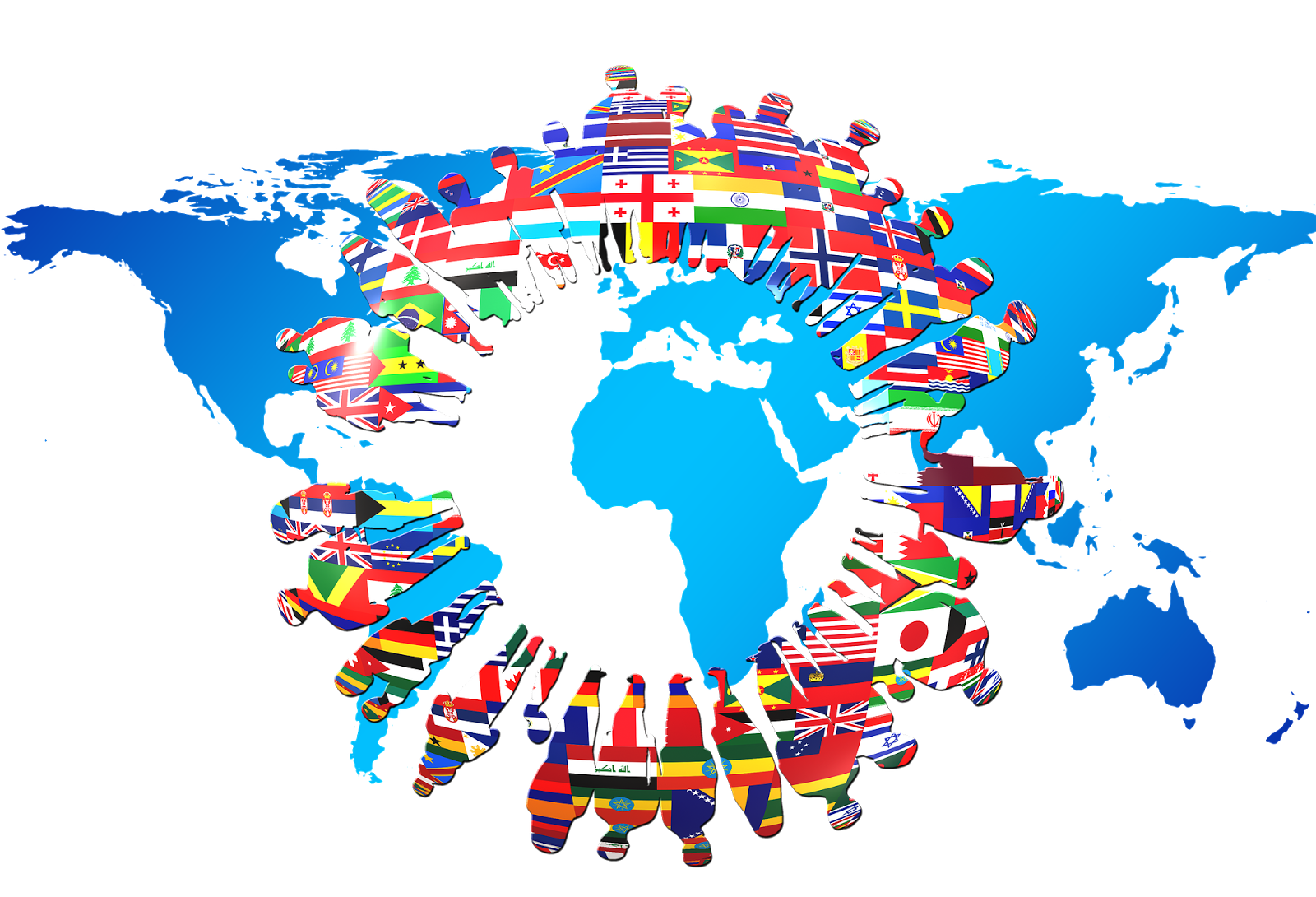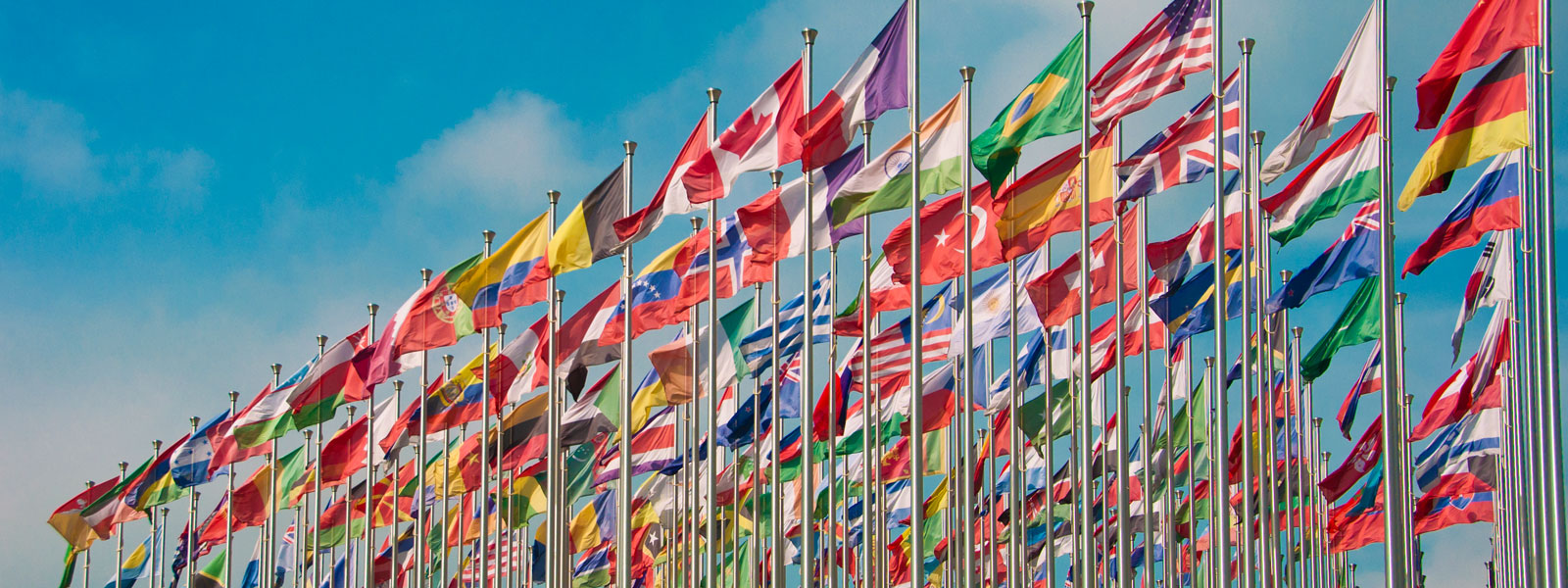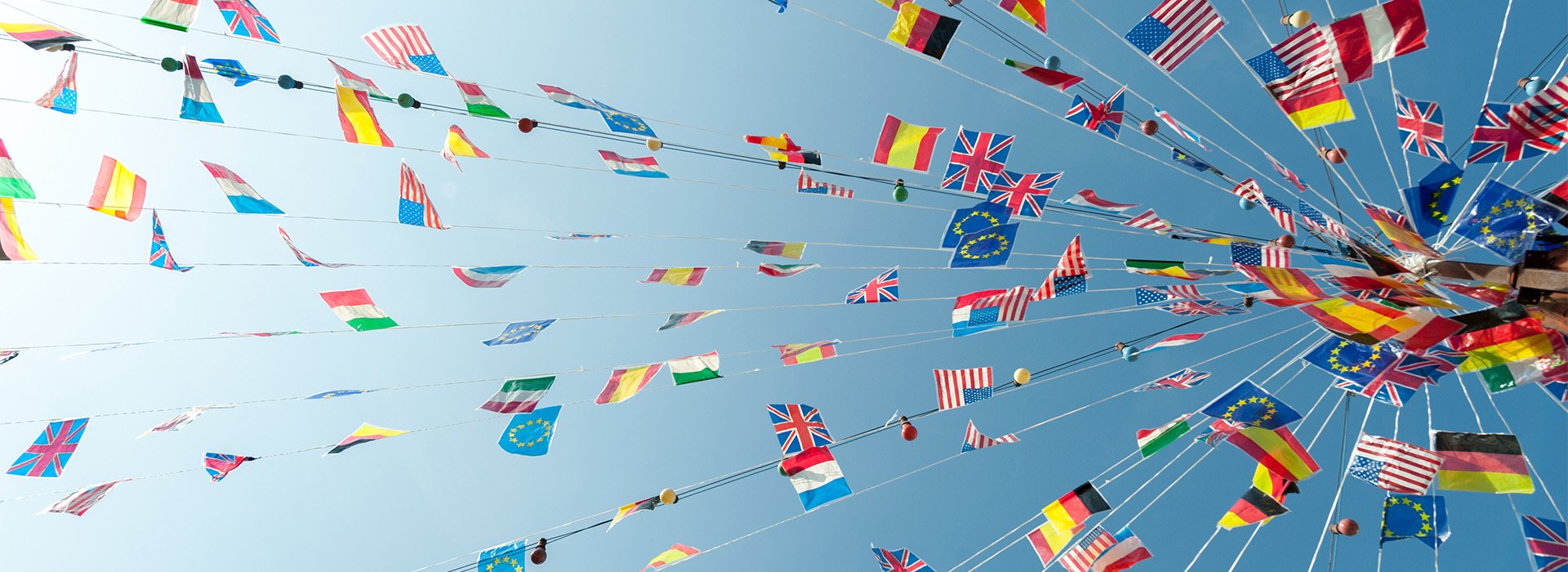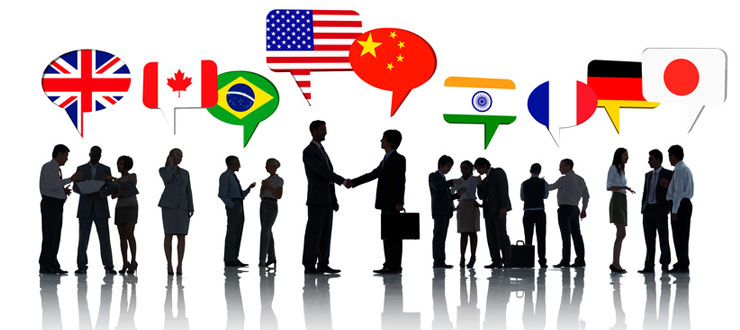
29 May 2024
How to explain why a former British Prime Minister and someone still active in political affairs, should attend a meeting in Washington and canvas for weapons to attack the Russian hinterland; and call the Azov Brigade, a well known neo-jazzy outfit, "heroes" And get the support of local political leaderships?If Russia is such a threat and the potential for nuclear escalation is real, wouldn't it make sense for Europe to build...











